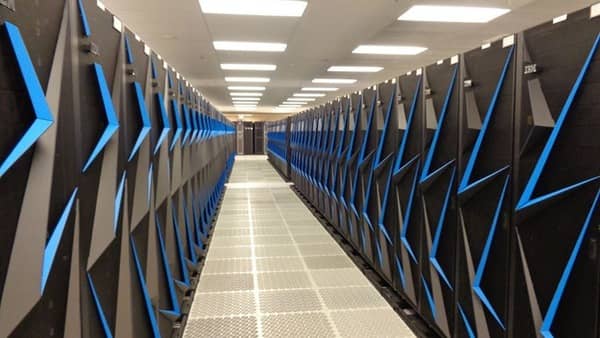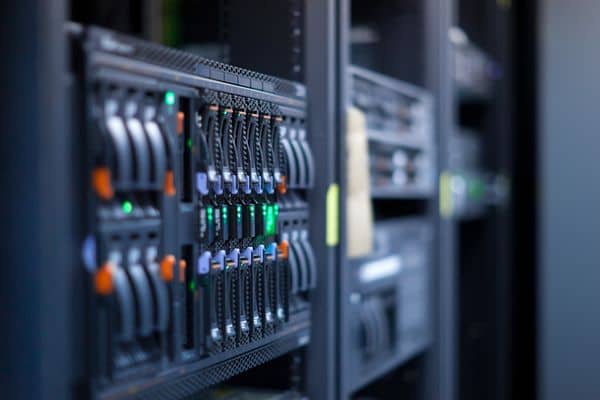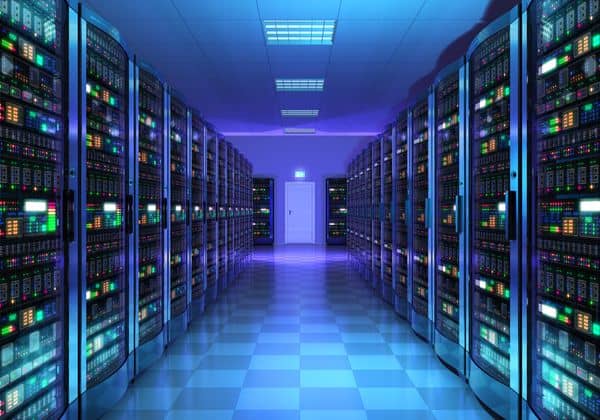
Is the Supercomputer Data Center Era Over?
October 18, 2022
What Is an Augmented Reality Data Center?
October 24, 2022Technology is ever-changing and always evolving. Innovations happen in the world of technology all of the time. Obsolescence is a term we use in the world of technology to describe old or outdated technology. This term refers to technology that may still work fine but is no longer being used because newer options are available. A good example of this is smartphones. Many smartphone users get new smartphones even though their current phone may work just fine. This happens in many different areas of technology including data center operations. A data center hardware refresh or server refresh is a complex undertaking, but we explain and offer tips on how to make the most of the upgrading process.

What Is a Data Center Server Refresh Cycle?
As technology innovations happen businesses need to keep up with these modernizations and improvements to stay relevant and competitive with other similar businesses. These enhancements may be incremental, but businesses must stay on top of these developments for efficiency, effectiveness, and overall smoother operations.
One of these aspects happens within a company’s data center or within the data center provider that carries the company’s data. A server refresh cycle is the typical amount of time between installing new servers and related hardware. A standard refresh cycle is about five years, but this has become shorter within the past decade due to faster technological improvements. Some organizations have a server refresh cycle of about three years, but why should your business refresh and update its servers?
Swapping servers and all related hardware and deploying updated equipment will improve dependability. It will also allow the organization to take advantage of the new capabilities of the new technology. This can benefit the efficiency and potentially save the organization money long term.
Several questions can help data center operators know when to replace their current data center servers. What new features and functions does the new hardware offer? Does the hardware replacement offer improve processing power, memory, etc.? How will the new hardware improve the system distribution and cooling? Will investing in the new hardware save the organization money before the next server refresh cycle? Will leasing or renting the new servers and hardware be more cost-effective than buying?
Once you’ve answered these questions—you will have a better understanding of where the organization is within the current server refresh cycle.

Tips for Refreshing Data Center Servers
New hardware will bring more dependability, better performance, faster speeds, and scalability. Understanding where the company is within the current hardware refresh cycle can be challenging but is essential in making the right decision for your business. Keeping up and staying on a server refresh cycle can benefit many businesses. Here are some tips for refreshing your company’s data center servers.
The first tip is to figure out your organization’s current hardware specifications and its performance statistics. A data center’s servers and related hardware have varying purposes depending on your organization’s operations. Knowing your hardware’s specifications and statistics and how they affect your business is essential to understanding your organization’s server refresh cycle. You will have a better picture of what needs to be improved and what can wait.
The second tip is to determine your current business needs and customer needs. It will also be beneficial to determine future business and customer needs as well. This can help your organization establish what hardware upgrades can be most valuable. These needs could potentially change over time.
The third tip that can be applied within the realm of a server refresh cycle is to repurpose your older servers. Instead of throwing out your old servers, they could potentially be used for other parts of your business operations. These repurposed servers can be used as backups or for less critical applications.
The fourth tip is to try and be consistent with your main servers. Having all of our hardware use the same specifications will make refreshing your servers less complicated in the future. Your organization will know exactly what is needed and there won’t be any guessing about any of these aspects.
Our fifth and final tip is, that once you’ve covered all of these bases and you understand where these upgrades are most needed, you can decipher what parts of your hardware system are least needed and most needed. Create a process and potential schedule for upgrading your servers and required hardware.

Look into Other Options Such as a Colocation Service
New technology is being introduced constantly and keeping up with these changes may not be right for your organization. Our third tip is to look into other options that could be more feasible and beneficial for your business. Upgrading your equipment every three years may not be right for your organization but using a colocation service and partnering with a cloud provider may be a more beneficial option. Another aspect to look into is the option of leasing or renting instead of buying.
Partnering with a colocation provider and using colocation services can benefit many businesses. They can make these refresh cycles more convenient and less complicated for your organization. Colocation America can help you with any questions or concerns you have during this process.

Extending the Lifespan of Data Center Servers
Microsoft recently announced that it wants to extend the life of cloud servers from four to six years. This will save the company $3.7 billion in 2023, and nearly $1.1 billion in the first quarter alone.
These changes can also be credited to its use of software innovations increasing server and network equipment efficiency. This isn’t only happening with Microsoft. Amazon Web Services and Google are also increasing the lifecycle of their cloud infrastructure.
Refreshing your data center servers is an important part of keeping your business in its best form. Keeping up with new technology and ensuring your servers are dependable is essential for your business and your customers. These changes can improve efficiency, effectiveness, and overall operation. Partnering with a trusted data center provider for a colocation service is another way to keep up with changing technology. If you have any questions about servers, colocation services, or data center services—connect with Colocation America today.

